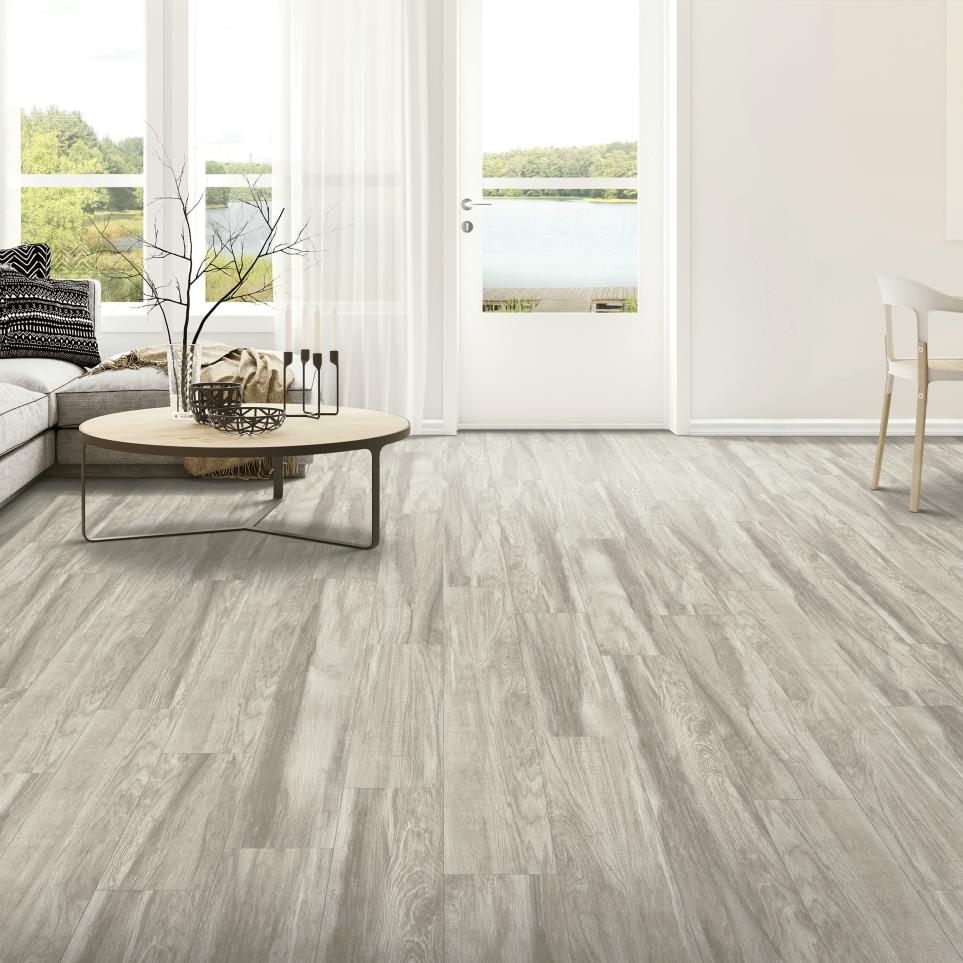
What Surfaces LVP Flooring Can Be Installed Over?
December 13, 2022Installing Luxury Vinyl Plank Flooring?
There are many surfaces LVP flooring can be installed over. Luxury Vinyl Plank (LVP) can be installed over concrete, wood, tile, and more! Luxury Vinyl Plank (LVP) flooring is one of the most popular types of flooring on the market today. It’s a durable, versatile, and attractive option for homeowners looking to upgrade their space. LVP is also a much more budget friendly option than “real” / traditional wood flooring. But before you get started shopping for LVP, it’s important to make sure your surface is compatible with this type of flooring. Let’s take a look at what surfaces can support LVP luxury plank flooring. Read on to learn more about what surfaces Luxury Vinyl Plank flooring can be installed over, and what to avoid so that your floors last for years to come.
What Are Subfloors?
Subfloors are the surface that lies beneath your existing floor, providing support and stability. Subfloors must be clean, dry, level, and free from imperfections before any type of luxury vinyl plank flooring is laid down. That said, you don’t necessarily have to remove your existing subfloor. Just make sure it is properly prepared for installation by smoothing out any bumps or ridges in the surface. When installing over concrete or ceramic tile subfloors, make sure there are no cracks or gaps in the surface as this could affect your floor’s structural integrity.
Different Types of Subfloors
Concrete Subfloors
One of the most common subfloors that is compatible with LVP luxury plank flooring is concrete. However, there are some key things to be aware of when installing over a concrete subfloor. First, the concrete must be level and free from cracks and other imperfections; any dips or bumps should be filled in prior to installation. Second, if installing over an existing concrete slab, make sure it has been properly sealed and primed before laying down the new planks. Finally, make sure to use waterproof underlayment between the concrete slab and the planks; this will help protect against moisture seeping up into the planks and causing damage.
Wood Subfloors
Another common type of subfloor that can support LVP luxury plank flooring is wood, provided that it meets certain criteria. Wood subfloors must be clean, dry, level, and structurally sound in order to provide a stable foundation for your new flooring planks. Any imperfections or gaps should be filled in prior to installation; otherwise you may end up with an uneven finish or squeaking boards once everything is installed.
Tile Subfloors
Tile subfloors can also support LVP luxury plank floors provided they meet certain conditions as well. When installing LVP over tile, surfaces must be smooth and level. Any grout lines should also be completely filled in prior to installation so that there are no gaps between each plank when they are laid down. Also, tile surfaces must be thoroughly cleaned before installation to avoid dirt or debris gets trapped underneath your new planks. Trapped dirt or debris could cause LVP flooring to shift or buckle over time. As always, using waterproof underlayment between the tile substrate and planks is highly recommended!
Shop at Home for New Flooring
We make shopping for new flooring easy with our Shop At Home service. We offer free design help, free and accurate measurement, and free estimates. No commitment needed!
Free ConsultationOther Things To Note About Subfloors
Installing LVP luxury plank floors over existing substrates can help you achieve a beautiful new look without having to go through the hassle of ripping out old materials first. However, this should be done only if your substrate meets certain criteria! Concrete must be level and sealed while wood substrates must be clean, dry, level, and structurally sound in order for them to provide a stable foundation for your new planks. Tile surfaces must also be smooth and level with all grout lines filled in. By following these guidelines you can ensure that your new luxury vinyl plank floor will look great for years to come!
Can LVP Be Installed Over Existing Floors?
In most cases, LVP can be installed over existing floors such as hardwood or vinyl sheet flooring. If the existing floors are in good condition, they should provide a suitable base for laying down your new flooring. Bumps or raised areas present on the existing floors, these should be removed before installing your new luxury vinyl planks. Additionally, luxury vinyl planks should never be installed over carpeted surfaces. Carpet and other moving surfaces will prevent LVP flooring from adhering properly.
What Is Underlayment?
Underlayment provides an extra layer of protection and cushion between your subfloor and luxury vinyl plank flooring. Underlayment helps keep moisture out of your floorboards while also providing extra insulation against sound transmission. This is especially important if you live in an apartment building. When purchasing underlayment for your LVP flooring project, make sure it is rated for use with floating floors. Taking this precaution will ensure that it provides adequate protection against moisture damage. It will also allow the planks to move freely without becoming damaged over time.
Ready To Get Your LVP Flooring?
When installing LVP flooring in your home, it’s important to know what types of surfaces it can be installed over. Generally speaking, LVP can be installed directly over subfloors such as concrete or ceramic tile assuming they’re clean and level. Additional underlayment may be required if installing over existing hardwood or vinyl sheet floors to protect against moisture damage and sound transmission. Understanding these considerations will help ensure years of enjoyment from beautiful wood-look floors without breaking the bank! Looking for expert help? Call Elizabethtown Flooring today at (717) 367-8744 for help with getting your new Luxury Vinyl Plank flooring. We can answer any questions you have, and find the flooring that’s right for you. Contact us now.